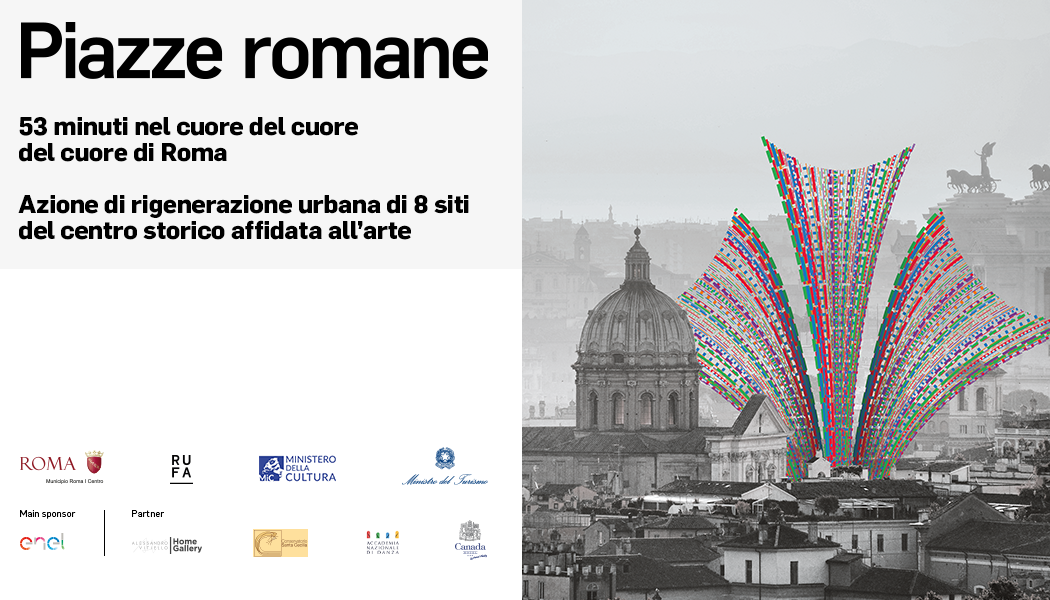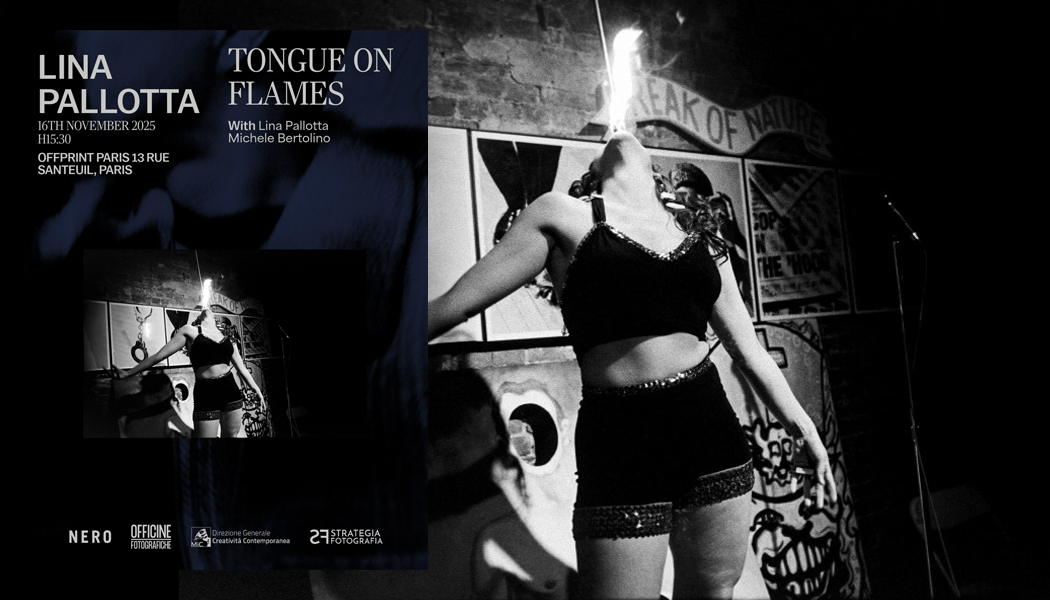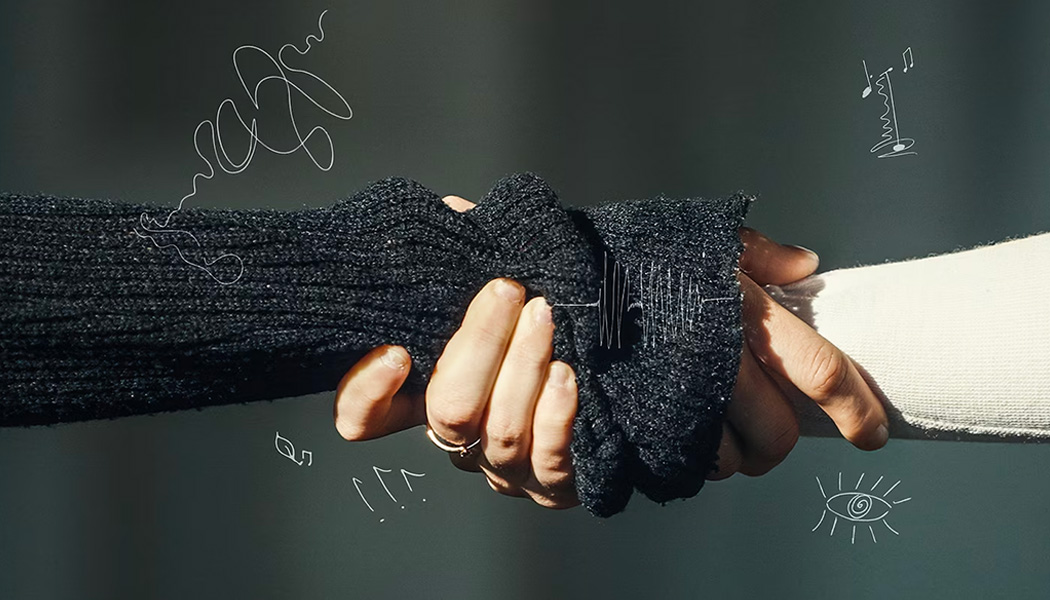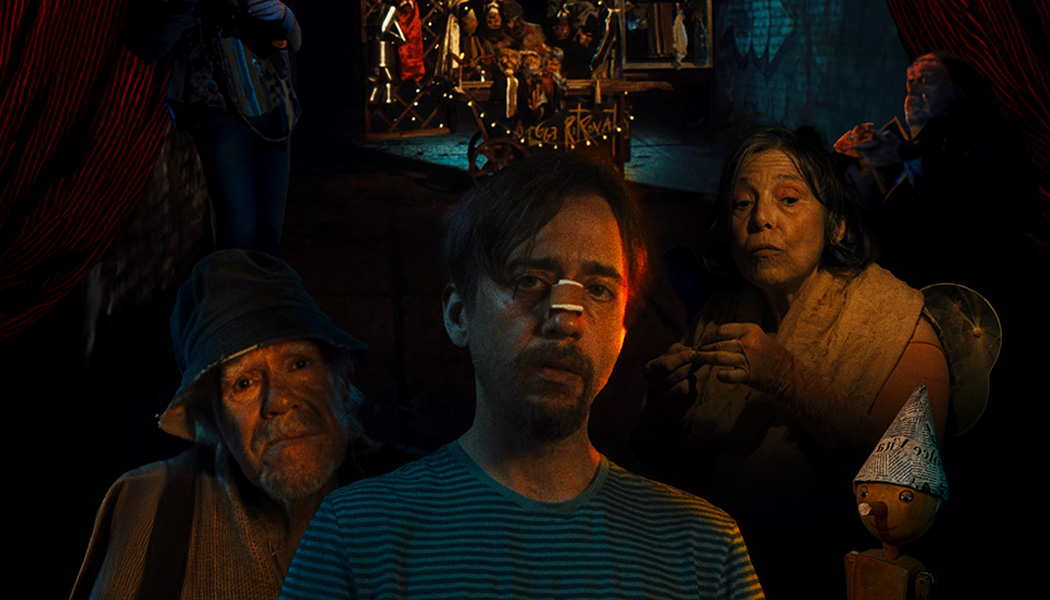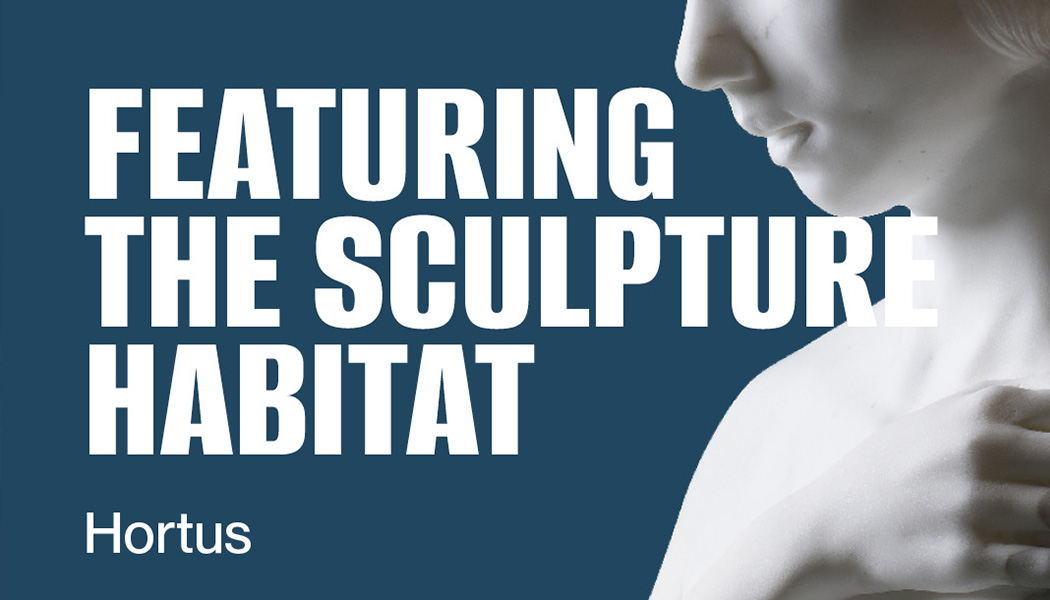Between 2014 and 2020, the Municipio Roma I Centro has been working to support the implementation of major redevelopment and maintenance of public urban spaces in the historic centre of the capital. It is in this context that the “Roma sei mia” experience was born: a wide-ranging and diversified project that has encouraged participatory processes of citizenship in the care of the territory. In continuity with what has been done already, the president Sabina Alfonsi and the councillor for urban regeneration and productive activities Giulia Urso have decided to entrust contemporary art with the prosecution of this experience, enhancing the attractiveness of eight different places, which fall within the jurisdiction of the Municipio Roma I Centro.
For the entire summer period, Piazza Poli, Piazza Giuseppe Gioacchino Belli, Piazza Cardelli, Piazza San Giovanni della Malva, Piazza di Pasquino, Piazza Borghese, Piazza del Teatro di Pompeo and Via della Frezza will not only tell the story and the stratifications of a city that is never fully known, but will also host the original and innovative works of the “next generation” of artists.
RUFA – Rome University of Fine Arts students, an Academy of Fine Arts legally recognised by the Ministry of Universities and Research, have developed a “site – specific” project, to be understood as a collective and contemporary experience, conceiving works and installations to be temporarily placed in the historic centre of Rome, and then relocated in the suburbs, in unusual sites, following a different way of cultural fruition, focusing on the dynamism that the new generations of artists know how to generate. This is how the proposal “Lightness, oxygen, breath, life, energy” was structured, in the footsteps of the United Nations’Agenda 2030. An experience that invites dialogue, to build a community of people, eager to expand their network of relationships and get back on the road. It is from this scrupulous research activity, which the students carried out with obstinacy and passion throughout the year, that the “Piazze romane” project was born, in conjunction with the good work done by “Roma sei mia”.
“Piazze romane” is the ideal setting for a journey of reflection, between history, memory, identity and innovation: 4.2 kilometres in the heart of Rome’s historic centre; a 53-minute walk to appreciate the uniqueness of the eternal city and come into contact with the many places of interest and full of meaning found in 4 of the 22 districts that characterise the capital’s toponymy (Trastevere, Parione, Campo Marzio, Trevi). A project that sees the public and private sectors interacting in a convergent manner, thanks to the presence of leading companies committed to contextualising the concept of social responsibility, such as Enel (main sponsor), Alessandro Vitiello Home Gallery, Enershare and Hotel Canada in Rome. In the renovated rooms of the hotel, in fact, there will also be an exhibition of the project’s models, generated with the aim of reviving Rome’s tourist vocation, interrupted due to the pandemic. In addition to RUFA, the valuable presence of two of the most important cultural and educational institutions of the national Afam sector should be noted: the National Dance Academy and the Conservatory of Saint Cecilia, which will support the inaugural phase of the project.
The itinerary starts from Piazza Giuseppe Gioacchino Belli. “Roma Tales” intends to give back the narration of a city to be discovered, to amaze the passer-by, to allow him to stop and observe more carefully the beauty that surrounds him. To do this, the voices of Rome will be spread from three different listening points, where you can isolate yourself, observing.
From here we reach Piazza San Giovanni della Malva where one of the examples of Romanity is celebrated: the aggregative and itinerant act of eating food in the open air. The work “Dal panino si va in piazza” (From the sandwich we go to the square), made of Roman travertine, recalling the depiction of animals typical of classical Roman art, celebrates this tradition.
Crossing Ponte Sisto, just a few metres from Campo de’ Fiori, you will find the square dedicated to Pompey’s Theatre: the large masonry building commissioned by Consul Pompey in 61 BC. The project “Ephemeral City: art, science, madness” is a reminder of what Emperor Nero ordered, on the occasion of the visit of the Armenian king Tiridates to Rome, with the gilding of the entire building in a single day. The work takes up that historical page, reflecting the signal of a satellite in transit and sending an intangible sign visible only in the satellite image. The project is carried out in collaboration with the European Space Agency (ESA).
In the Parione district, Piazza di Pasquino offers the most famous of Rome’s talking statues. The work “Laic prayers” is a modern digital ticket that aims to keep alive the Roman tradition of a public and popular forum.
The historic centre of Rome is rich in stories about the Resistance and Liberation. The work “Do you have a light?”, located in Piazza Cardelli, recalls the arrest of Guglielmo Gullace in Via Tomacelli. His wife Teresa, pregnant with their sixth child, was killed when she tried to bring him a cigarette. A 1961 Fiat 600, a symbol of Italian rebirth, is used as a canvas.
Piazza Borghese opens up majestically in the tangle of streets along the banks of the Tiber. One of the symbols of Rome’s culture is celebrated in this grandiose place: “Er nasone”, in fact, is the nickname by which the Romans call the famous cast-iron fountains that adorn the streets.
From here to Via della Frezza is a short step. In correspondence with the Vicolo delle Colonnette, there is an open space called the “spiazzetto”, where the rope torture was carried out for those who were condemned to it. The work “Hedgehog”, inspired by a caged Friesian horse, is a hymn to life and freedom, but also a call to resistance against indifference.
The itinerary ends in Piazza Poli. The work “Door Stop” brings to mind the name of Roma Città Aperta: an outsized wooden doorstop, to ensure that this imaginary door is never closed. Positioned in front of the Oratory of the Blessed Sacrament, it evokes the search for peace and welcome.
